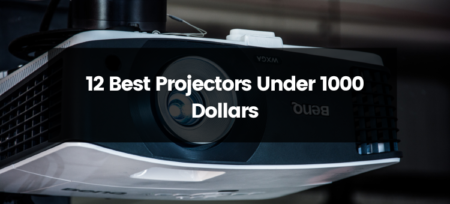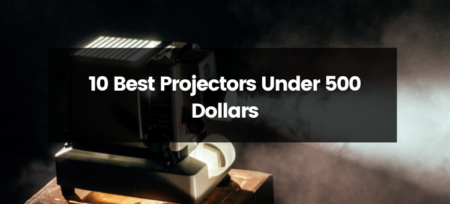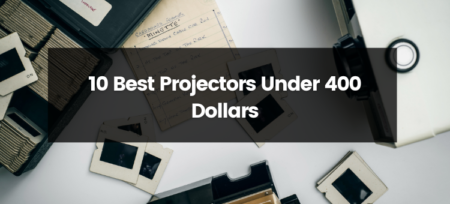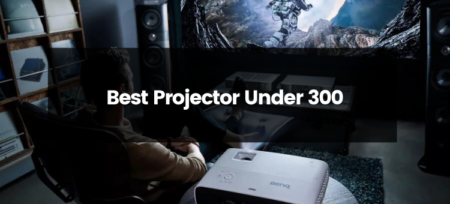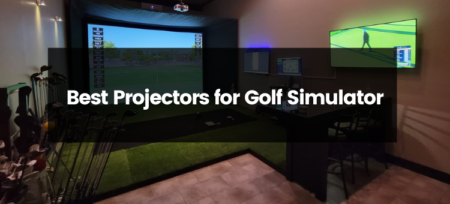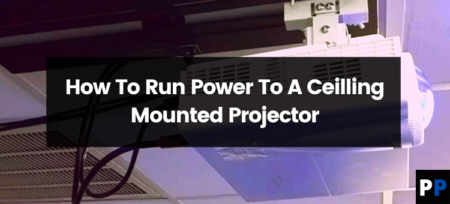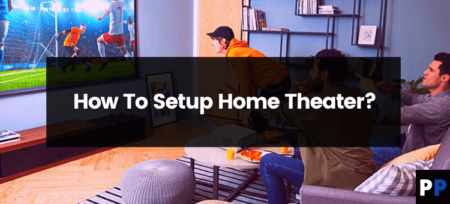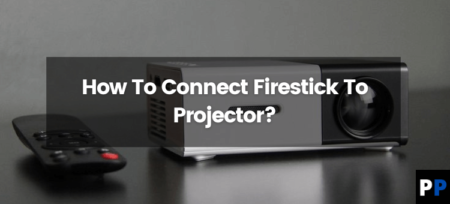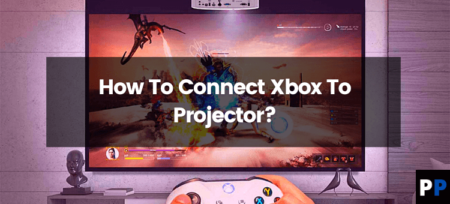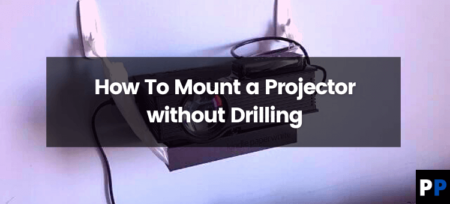PlayStation 4, or PS4 commonly referred as a great and low-cost gaming console that can give gamers a top-quality gaming experience.
To enhance your gaming experience, It’s only natural to like to switch to a larger screen. What’s more beneficial than changing a projector to experience a massive screen size without spending hundreds of dollars.
It’s normal to ask, “Can you connect your PS4 to a Projector?” If yes, you need to ask, “How do you join PS4 with the Projector?”
If you’re struggling with the same spot and are looking for solutions, you’re in for a delight because we’ve addressed your issue by providing this guide.
Why Should You Connect or Not Connect PS4 and a Projector?
So, before you purchase the HDMI cable or adapter, examine all the procedures. The benefits and drawbacks of connecting the PS4 and projector should be understood.
Broadcasting and connecting your most loved games this way can ensure you enjoy a more immersive view screen and high-quality graphics. One issue that you may encounter might be “motion sickness.” Motion sickness can be caused by watching the screen for an extended duration.
In short, in the simplest terms, a projector, the PlayStation 2, PlayStation 3, and PlayStation 4 can be connected to provide a long-lasting gaming experience. Both devices can be connected via HDMI cables or via wireless.
Things You Should Know About Projectors
HDMI Ports are the primary and most important requirements for any projector capable of being used for PlayStation. While you can use HDMI adaptors for work without HDMI, the image projected will be of poor quality. A gaming projector will provide better images and prevent projection delays or lags.
Projectors equipped with wireless connectivity can connect easily to projectors without the hassle of hanging cables. All you need to do is position the projector close to your PlayStation console to avoid obstructing the signal (due to the wall or other materials).
But, when connected wirelessly, the only complaint mentioned is slowness. It can vary based on the location between the projection device, PlayStation, and the internet connection.
The distance to throw is the second factor to consider. Shorter throws and ultra-short-throw projectors will give the largest image in smaller rooms. If your space is spacious enough, you could also look into a traditional throw projector.
How to Connect PS4 to Projector?
Here’s how to attach your PlayStation 4 to your projectors in five easy steps:
You will need your HDMI cable (either included with the PS4 system or your projection device) and switch off both the PS4 and projector.
Connect the end of the HDMI cable to the PS4’s HDMI outlet.
Connect the second end of the cable to the projector’s HDMI port.
Now, Switch on both devices.
Choose the suitable HDMI connection source within your projector’s OSD menu to show the PS4 content.
You can connect your PS4 to projectors via HDMI ports and cable in these five steps.
The steps in this process are easy; however, the HDMI cable for the PS4 or projector may be about 1 meter in length.
But, this is not the case if your projection is mounted to the ceiling or there is ample space between the PS4 and the projector.
The process of connecting PS4 to the projector without an HDMI port
It’s possible to have an older projector without an HDMI port. In this scenario, you’ll require an HDMI adapter with the same connection port as your projector.
Your projector might include a VGA port. If this is the case, you’ll be able to buy the HDMI adapter to VGA adapter to connect your PS4. This adapter will allow it feasible to link the PS4 to HDMI via the VGA cable.
Additionally, you could buy the HDMI-to VGA cables instead of an adapter. The cable can transform digital signals from the HDMI port into an analog signal through a VGA port.
The process to Connect a PS4 and Projector Wireless?
It should be noted that PS4 and projectors can’t only be connected via wire.
Thankfully, we live in a world where everything is possible, connecting a projection device and PS4 wirelessly.
To connect your PS4 or projectors wirelessly, you will require An Aries Prime Transmitter and a receiver from Nyrius. To broadcast your most loved games this way.
Remove and dismantle from the Aries Prime Transmitter and the receiver.
Check Out The Guide
- Get your micro USB adapter
- It is connected to the receiver.
- To power this receiver, plug in the adapter to the power source.
- Remove the HDMI cable from the receivers and connect one end to the projection.
- After that, locate and click the input search button.
- Select HDMI
- Now is the moment to connect your PS4 to your transmitter.
- Join your micro USB with the transmitter as well as the PS4
- Connect the transmitter to the HDMI port to complete the task.
- Your job is now complete. Now you can broadcast your most loved games on a larger screen.
Conclusion
I hope that this article has helped you answer all of your questions.
If you have any questions about the content above, do not be afraid to post your comment below, and I will be happy to answer your concerns.
If you found this article helpful, think about sharing it with your friends on social media websites such as Facebook, Twitter, Pinterest, and more.
This is a crucial question that many owners of projectors need to know the answer to. There are some projectors specifically designed for gaming. They also come with an amazing feature: low input delay. Even the top HDR televisions struggle over input delays. It is possible to select the gaming mode of your gaming projector to ensure the smoothest gaming experience.
Thank you so much for reading this article, i hope you like it and it may help you in solving your problem. Take care.
